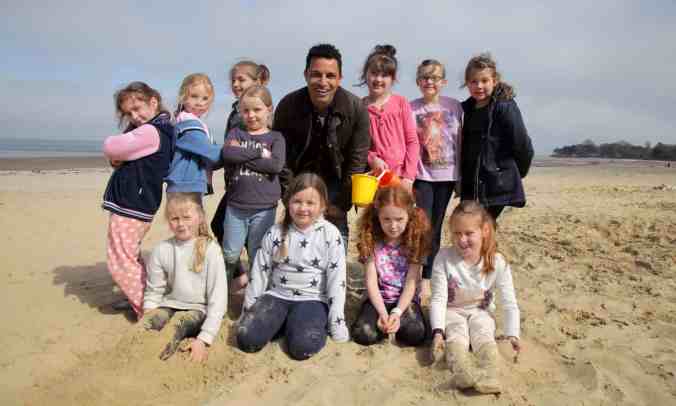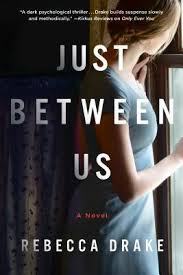Download links for: Whistling Vivaldi: And Other Clues to How Stereotypes Affect Us


Reviews (see all)
Write review
didn't finish. Interesting, but too much like a research paper.
Brilliant and insightful.
Review forthcoming
303.385 S8141 2010
Other books by Nonfiction
Related articles












